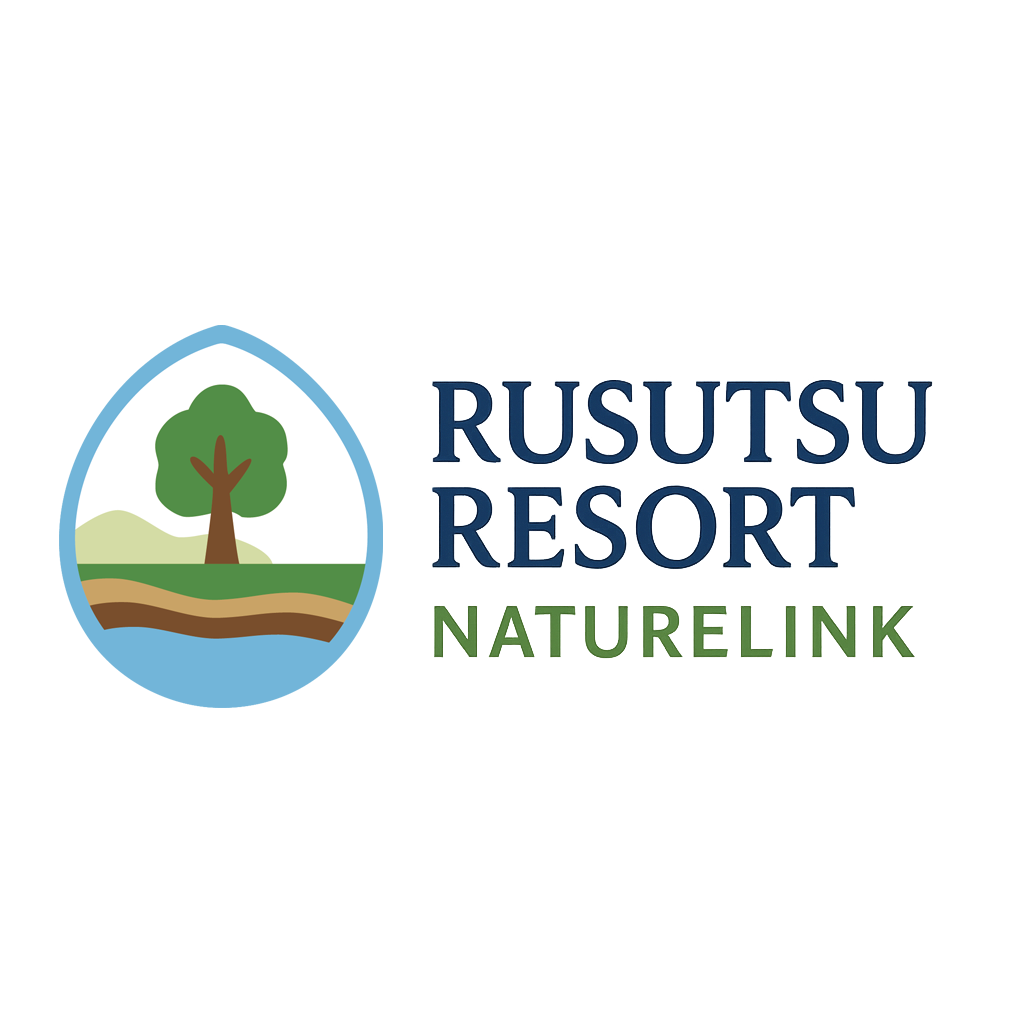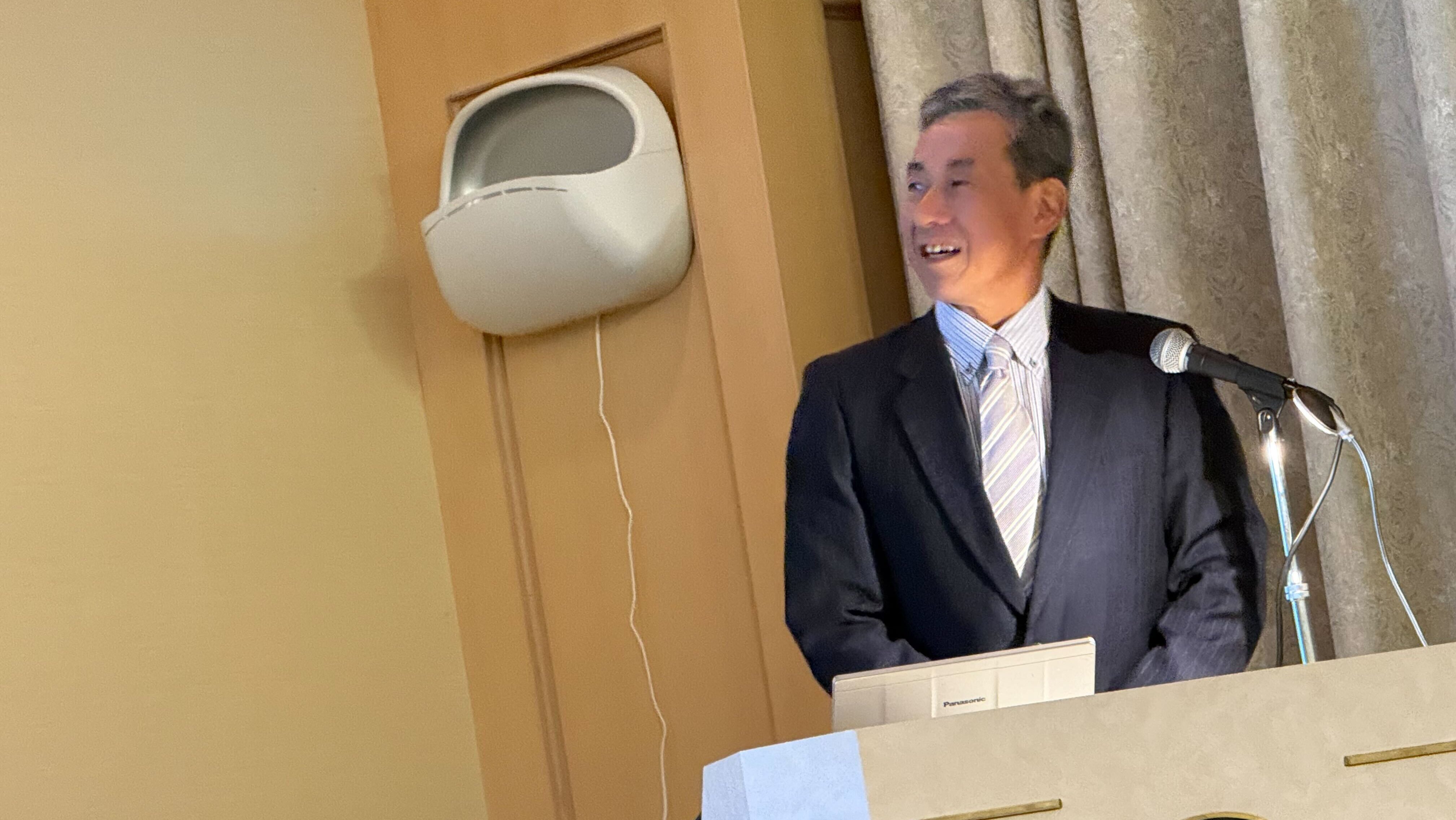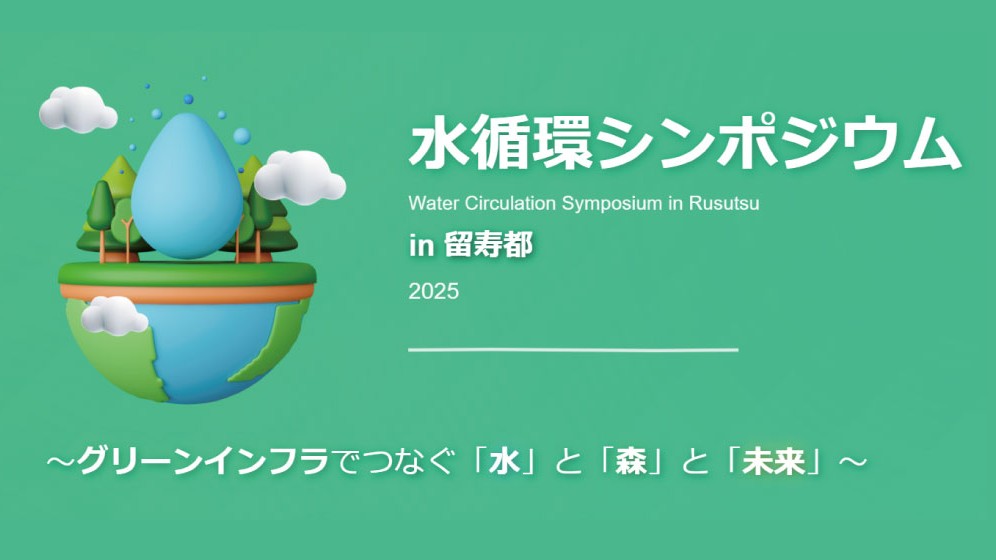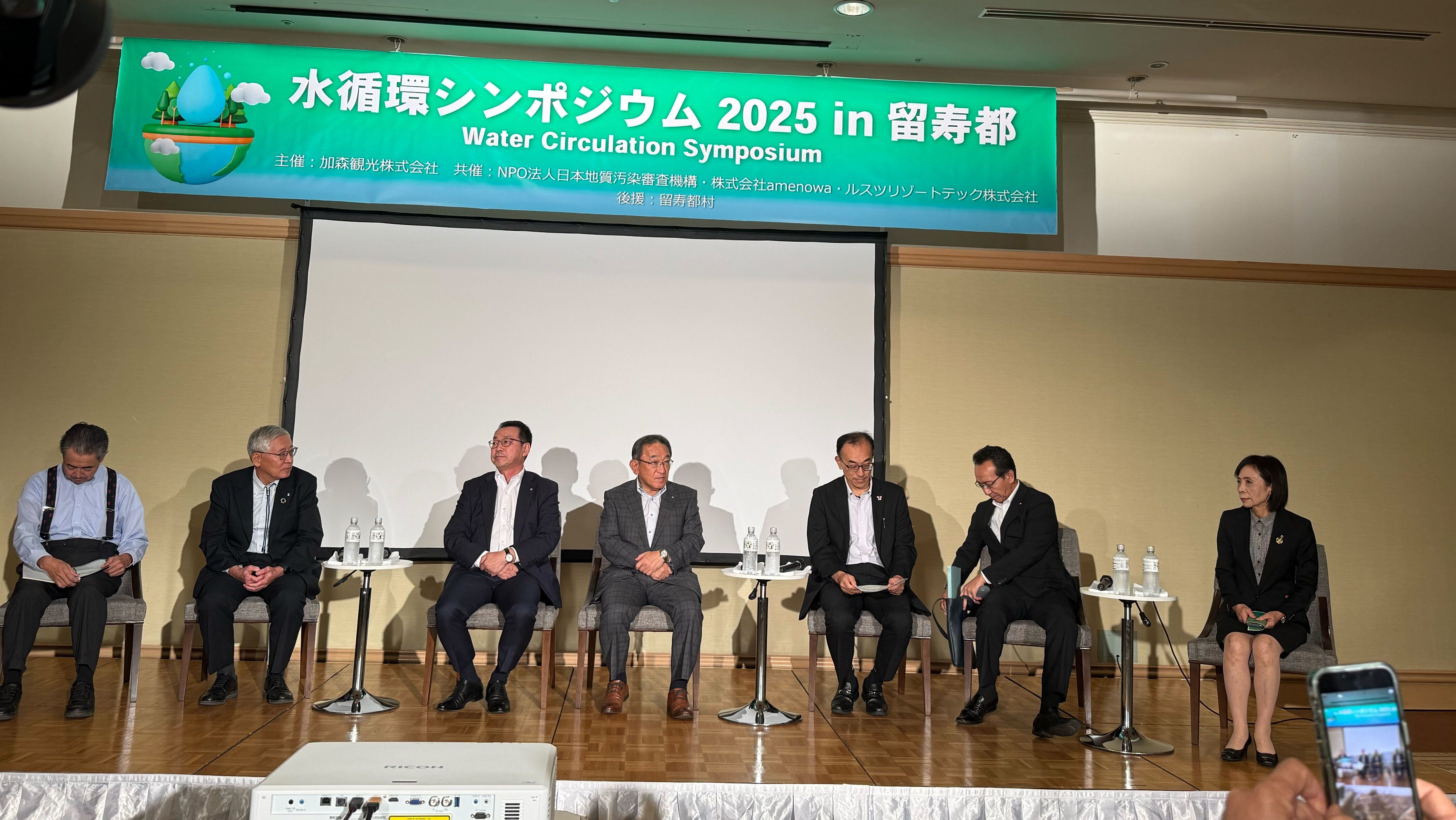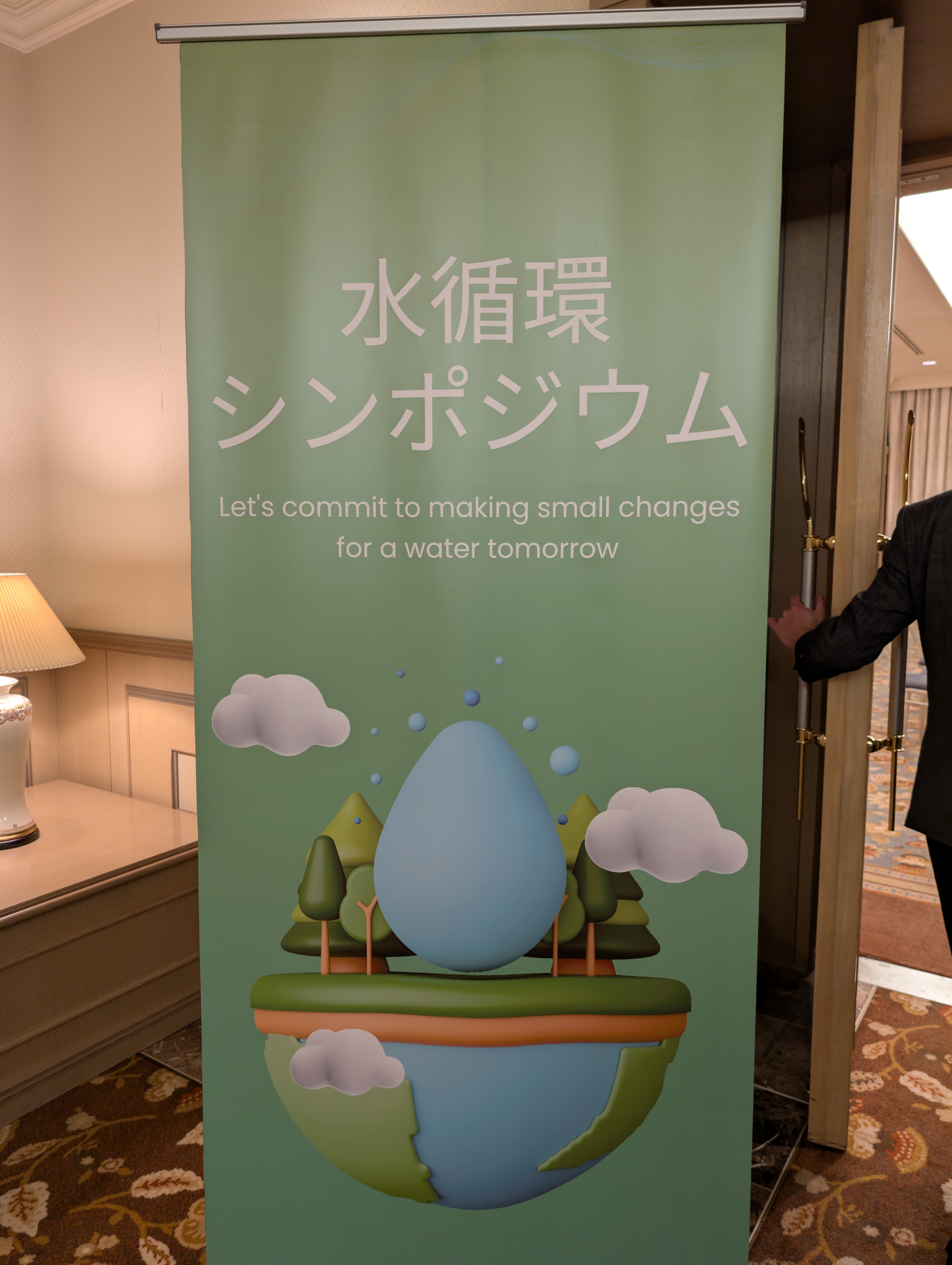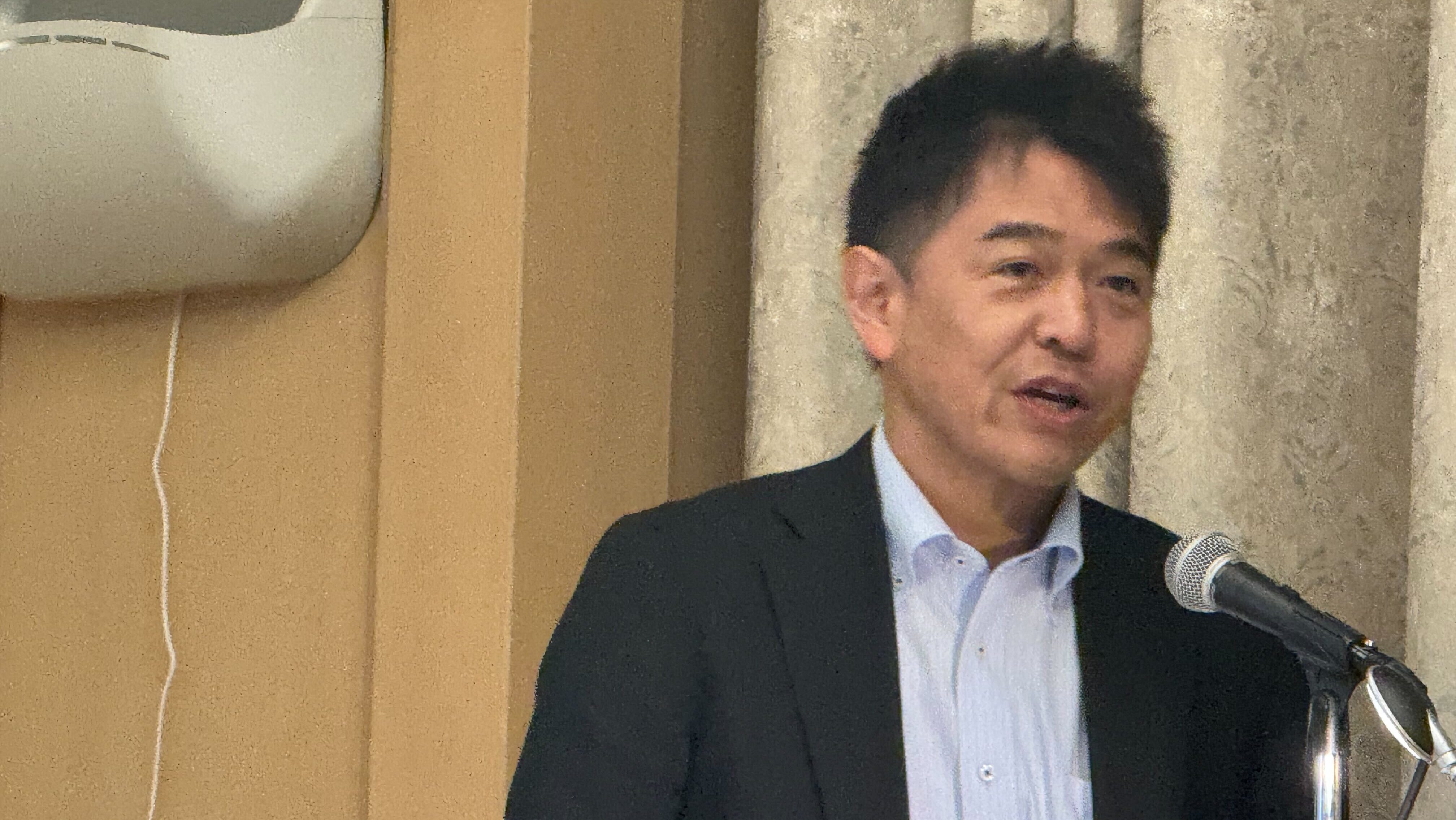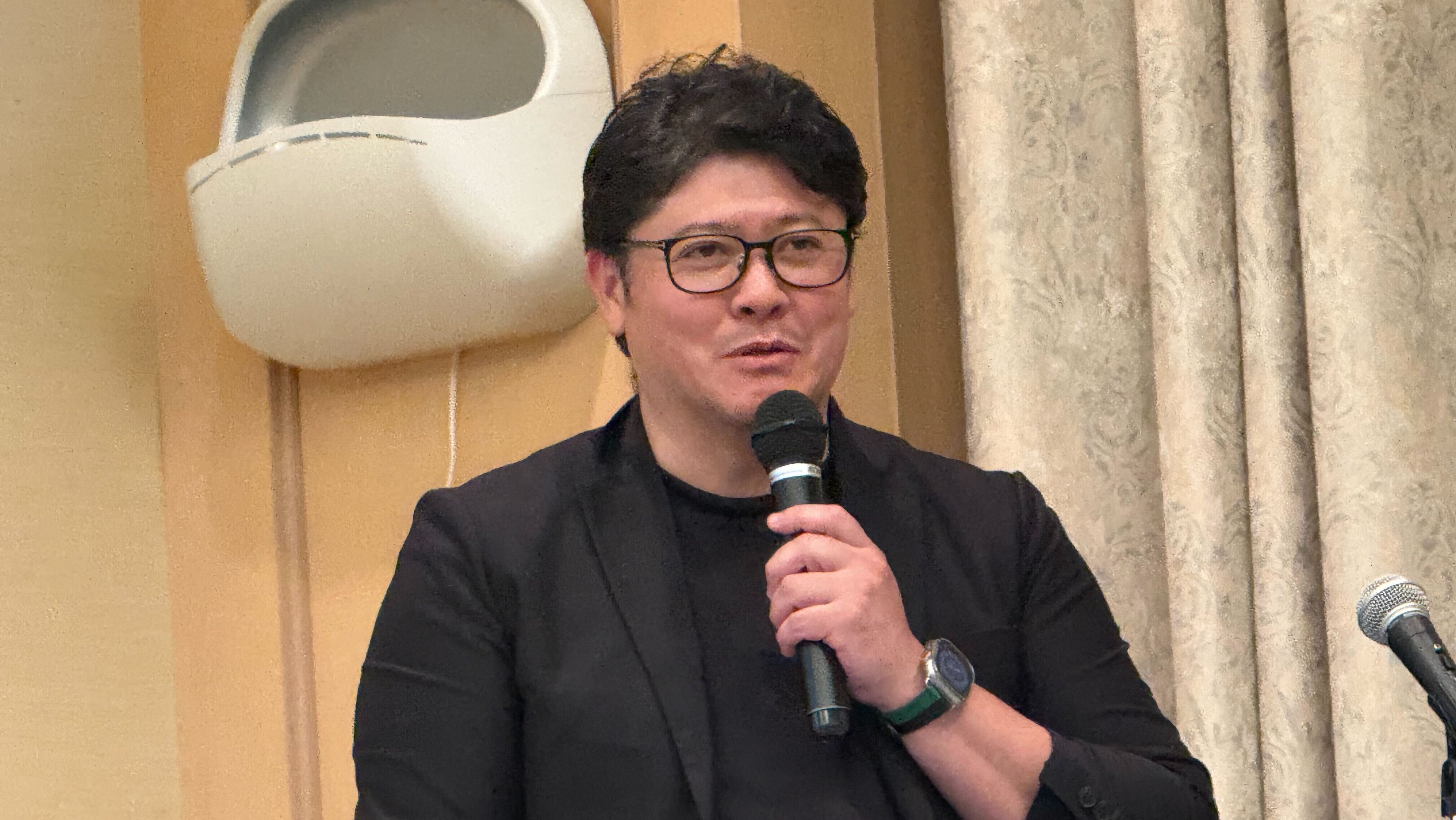After the 2nd Water Circulation Symposium in Rusutsu 2025
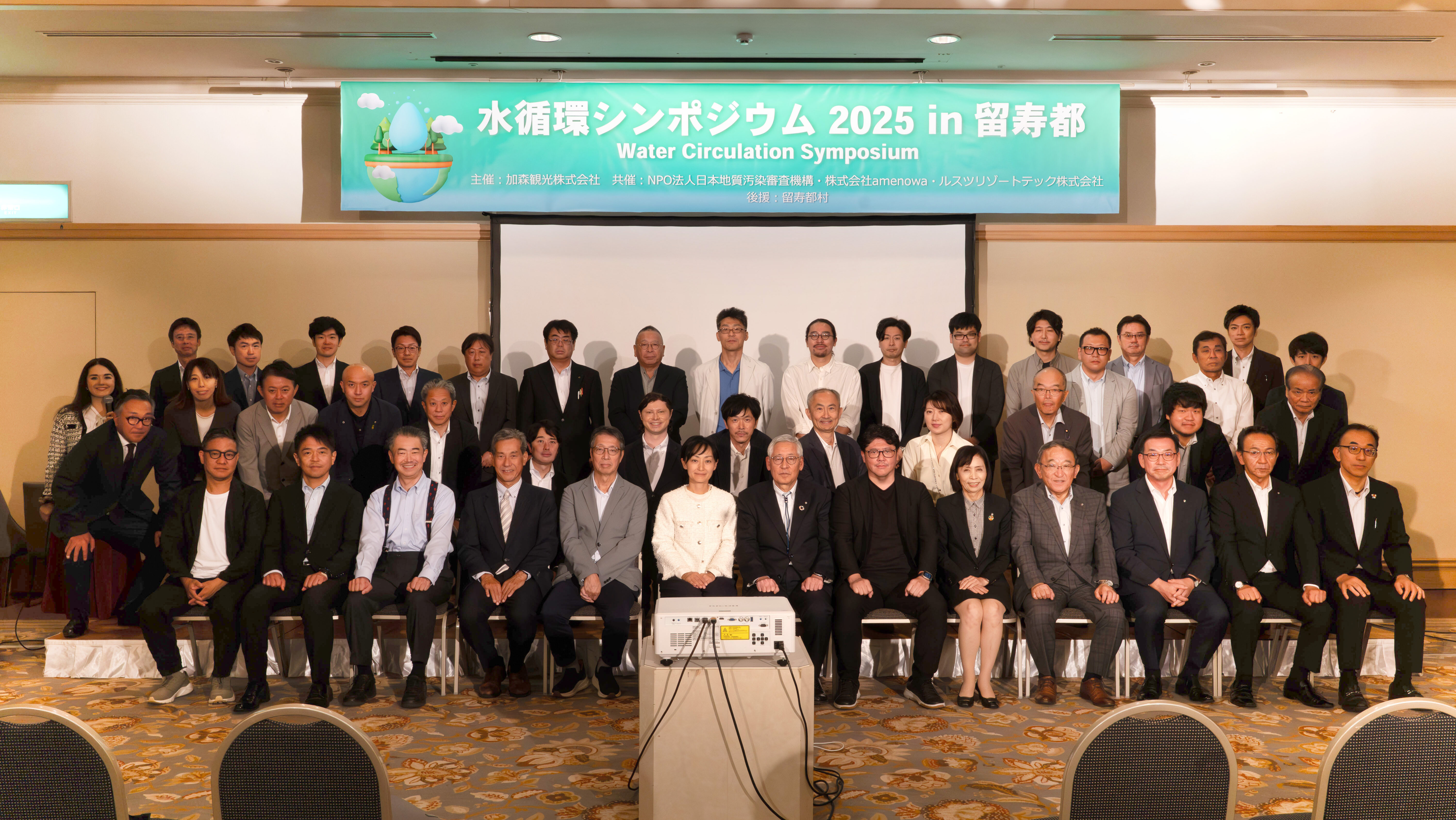
— A Story of “Water and Community” Spreading from Rusutsu —
On September 20, 2025, the 2nd Water Circulation Symposium in Rusutsu 2025 concluded successfully at Rusutsu Resort.
As with the first edition, many researchers, municipalities, companies, and local residents joined us, making it a full day of learning and dialogue centered on water.
What We Learned from the Expert Lectures
First to stay with me was the talk by Professor Shimatani (Kumamoto Prefectural University).
His message—that the key to reducing floods and increasing groundwater is how we “store, infiltrate, and slow” snow and rain—was made crystal clear with numbers and concrete examples. It renewed my sense of how deep the water cycle truly is.
Professor Kuraji (The University of Tokyo) also showed, with data, how the timing and melting of snowfall are changing as the climate warms. This is not only a matter for ski tourism; it connects directly to spring water resources and groundwater recharge. The perspective that protecting snow is protecting water made a strong impression.
The “On-the-Ground Reality” Seen in the Leaders’ Panel
The afternoon highlight was a panel discussion gathering the leaders and executives of the seven municipalities around Mt. Yōtei’s foothills.
It’s genuinely rare for this many mayors to meet under the single theme of water, and given that issues such as water rights, land transactions, and aging infrastructure are already advancing, it was an extremely valuable opportunity.
- The Mayor of Kutchan shared stark numbers: in a town of 15,000 residents, over 18,000 overnight guests stay during the New Year peak—pressing the town toward ¥5–6 billion in water-supply upgrades.
- The Mayor of Niseko explained a unique ordinance: no water withdrawals beyond the product of area × precipitation. Rather than rejecting investment or development, the stance is to clarify rules to secure sustainability.
- The Mayor of Rankoshi spoke about the Unified Shiribetsu River Ordinance across seven municipalities and a 31-year-running clean-up campaign, expressing a desire to preserve a culture of caring for the river, not just using it.
The Deputy Mayor of Kyogoku introduced Fukidashi Park’s springs (80,000 tons/day) and described how water levels there rise more easily and the hard work of late-night monitoring.
Each town’s circumstances differ, but one recognition was shared: water is daily life, water is a tourism asset, and water is something to protect.
Reflections After the Symposium
What I feel after this second edition is that research, policy, and field voices are finally beginning to meet in one place.
Data-backed research findings, the lived reality of residents and tourism demand, and the corporate perspective all sat at the same table. That is far from a given—and it’s clearly a step that leads to the next. In the closing remarks, President Kamori’s words—“Make Hokkaidō one team, and speak to the world.”—resounded strongly. Water circulates, and so do connections. That’s why know-how and wisdom must circulate among regions as well.
Looking Ahead
We will definitely hold this symposium again next year and make it a forum to check our progress.
There is much to do: building research datasets, expanding the groundwater observation network, creating rules through ordinances, and broadening local participation. Starting from the shared understanding that emerged this time, we intend to move forward steadily.
In Closing
To all the scholars, municipal leaders, and participants who joined us—thank you.
“Protecting water is protecting the region’s future.” With that conviction in our hearts, we will build a new cycle from Rusutsu.
